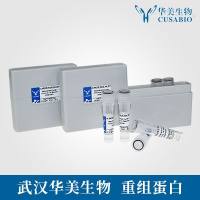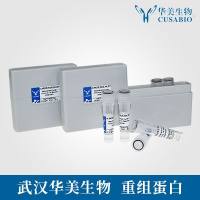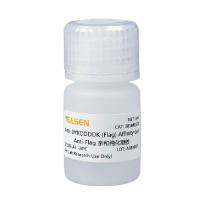A significant proportion of microbial ecology is now based on the description of community structure in naturally occurring bacterial assemblages. The development of molecular biological techniques has facilitated this task, primarily via the cloning and sequencing of microbial genes retrieved from the environment. However, the labor-intensive nature of a cloning procedure, as well as the biases that it can introduce, have generated the need for alternative laboratory methods that more accurately describe microbial community structure; denaturing gel electrophoresis is an approach largely adopted by molecular microbial ecologists to perform this function. Denaturing gradient gel electrophoresis (DGGE) and temperature gradient gel electrophoresis (TGGE) are techniques based on the separation of polymerase chain reaction (PCR)-amplified gene fragments, not according to size, but owing to variation in the targeted nucleotide sequences. Nucleotide pair dissociation is mediated in denaturing gradient gels (DGGE) by the chemicals urea and formamide. These denaturants are incorporated into the gel in increasing concentrations to form the denaturing gradient. A so-called melting domain within the DNA fragment being analyzed loses its helical symmetry as it migrates through a linear denaturing gradient gel when it reaches its melting temperature (T m ) point (1 ). Loss of the double-stranded structure of DNA virtually halts migration. Sequence specificity of domains dictates that they have individual melting temperatures, so, in theory, similar-sized DNA fragments from closely related organisms are resolvable in denaturing gels.






